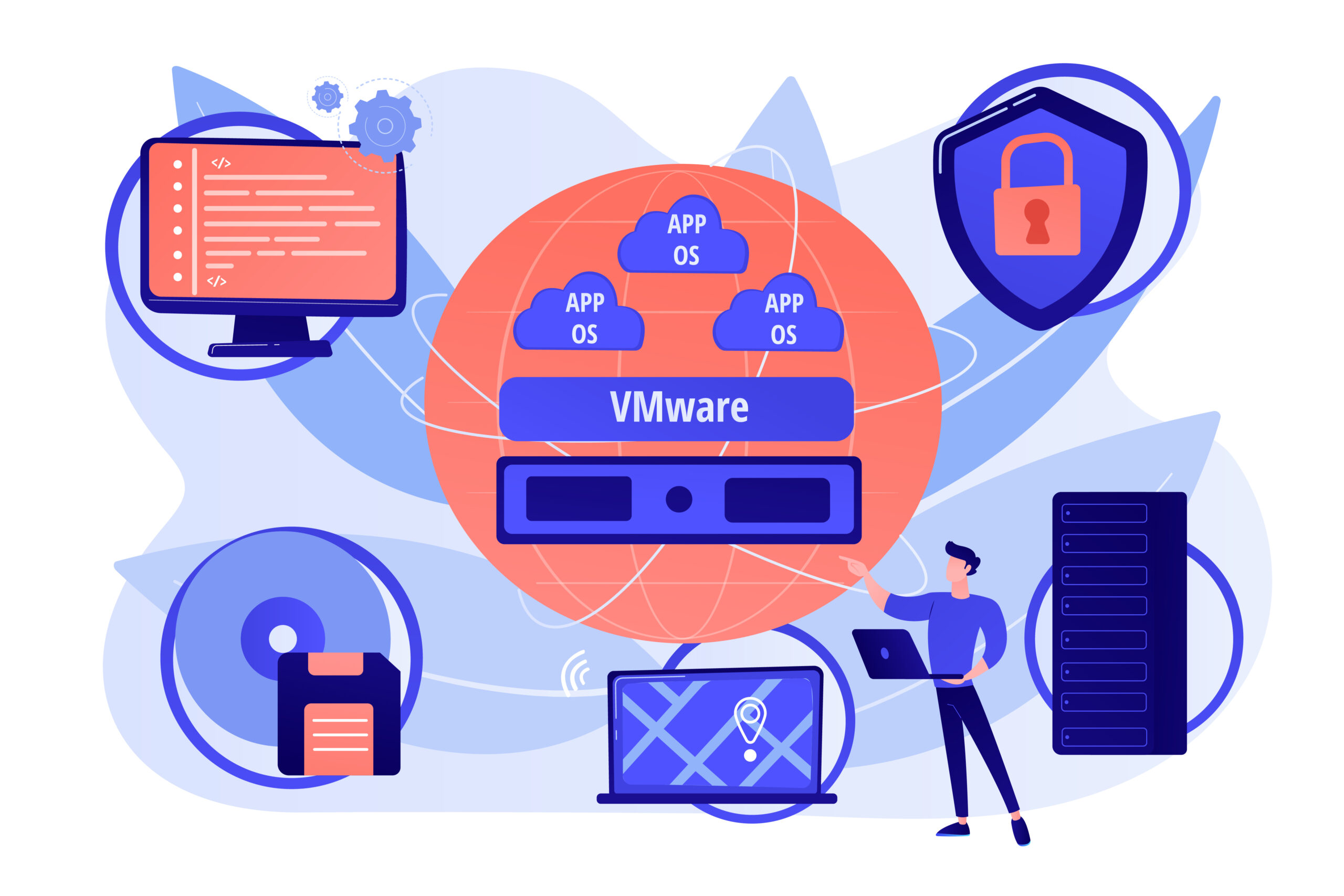Introduction:
With the exponential growth of cloud computing, protecting enterprise data in AWS environments has become a top priority for organizations worldwide. The dynamic nature of the cloud brings with it a myriad of potential threats to data security. In this comprehensive guide, we delve deep into the intricacies of AWS data security, exploring effective cloud management practices to fortify the protection of enterprise data.
Threats to AWS data security:
In the realm of AWS data security, a multitude of threats loom, posing risks to the integrity and confidentiality of sensitive information. These threats manifest in various forms, including:
- Unauthorized access: Hackers and cybercriminals may exploit vulnerabilities in AWS configurations or weak authentication mechanisms to gain unauthorized access to sensitive data.
- Data breaches: Misconfigured security settings, insider threats, or sophisticated cyberattacks can lead to data breaches, resulting in the exposure of confidential information to unauthorized parties.
- Data loss: Accidental deletion, hardware failures, or natural disasters may cause data loss, disrupting business operations and potentially causing irreparable damage to organizational assets.
- Compliance violations: Non-compliance with regulatory requirements and industry standards can result in severe penalties and reputational damage, necessitating robust measures to ensure adherence to data protection regulations.
Understanding these threats is paramount for organizations to implement proactive measures to mitigate risks and enhance AWS data security.
AWS cloud management practices for increased protection of enterprise data:
Effective AWS cloud management involves adopting comprehensive strategies to safeguard enterprise data against potential threats. Here are five key practices to enhance data protection:
Classify and categorize data based on sensitivity:
Before implementing security measures, organizations should classify and categorize data based on its sensitivity and criticality. By identifying data types and associated risks, businesses can prioritize security efforts and allocate resources effectively. Leveraging tools like AWS Data Classification automates this process, enabling organizations to manage data access and permissions efficiently.
Segment networks to isolate and control access:
Segmenting networks within AWS environments helps isolate workloads and control access to sensitive data. Implementing virtual private clouds (VPCs) and network access control lists (ACLs) enables organizations to create logical boundaries, restricting unauthorized traffic and minimizing the impact of potential security breaches. Utilize diagrams to illustrate network segmentation and visualize traffic flows for enhanced clarity.
Clearly define identity and access management policies:
Effective identity and access management (IAM) policies are critical for controlling user access to AWS resources and preventing unauthorized actions. Clearly defining IAM policies, roles, and permissions ensures that users have the appropriate level of access based on their roles and responsibilities within the organization. Utilize IAM policies to enforce the principle of least privilege, granting permissions only necessary for performing specific tasks.
Regularly audit and monitor database activity:
Continuous monitoring of database activity is essential for detecting suspicious behavior and potential security incidents. Implementing tools like AWS CloudTrail and Amazon CloudWatch allows organizations to audit user actions, monitor database activity, and receive real-time alerts for anomalous behavior. Conduct regular audits to review access logs, identify unauthorized activities, and mitigate security risks promptly.
Encrypt data:
Encryption is a fundamental aspect of AWS data security, providing an additional layer of protection for sensitive information. Leveraging encryption mechanisms such as AWS Key Management Service (KMS) and AWS Certificate Manager helps encrypt data at rest and in transit, safeguarding it from unauthorized access and potential data breaches. Implement end-to-end encryption to ensure data confidentiality throughout its lifecycle.
Conclusion:
Securing enterprise data in AWS environments requires a proactive approach and adherence to best practices in cloud management. By understanding the threats to AWS data security and implementing robust measures such as data classification, network segmentation, IAM policies, database monitoring, and encryption, organizations can fortify the protection of sensitive information and mitigate potential risks effectively. Embrace a holistic approach to AWS data security, incorporating these practices into your cloud management strategy to safeguard organizational assets and maintain compliance with regulatory requirements. As cloud technology continues to evolve, staying updated on emerging threats and security best practices is essential for maintaining a resilient and secure AWS environment.



